
views
Resetting Your Password from the Login Screen

Make sure you’re on the login screen. In most cases, you can easily reset your MacBook password from the login screen after you start up your computer. If you’re unsure whether you’re on the login screen, look for a screen showing your profile picture, username, and a text field that says “Enter Password.” You’ll also see Shut Down, Restart, and Sleep buttons at the bottom of the screen. If you don’t see the three buttons at the bottom, you’re not on the login screen. You’ll need to do one of the following: If you see a button that says Switch User, click it to go to the login screen. If you don’t see any buttons at the bottom of the screen, press and hold your Mac’s power button for about 10 seconds to force a shutdown. Press it again to restart your Mac, which will take you to the login screen.

Enter a password repeatedly until a reset option appears. Entering your password incorrectly a few times will eventually cause your MacBook to offer you a reset option. The option you see will depend on how your Mac is set up. Typically, this will happen after you’ve entered your password incorrectly up to three times.
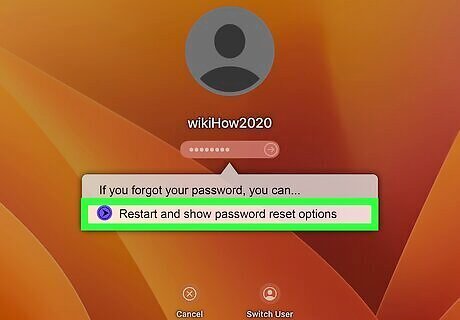
Restart and reset your password (option 1). If you see a message that says Restart and show password options, click on it to restart your Mac, then follow the onscreen instructions. The exact steps that happen after you restart may vary depending on your settings: If you’re asked which volume to recover, select the disk from which you’re trying to start up (usually Macintosh HD). Enter your Apple ID and password if prompted. You may need to enter a verification code from a trusted device. If you have FileVault set up on your MacBook, enter your recovery key (a string of letters and numbers you received when you originally activated FileVault). Once you’ve provided the requested information, select the user whose password you want to reset, then click Next. Enter your new password and click Next again. After you’re done setting up the new password, click Restart. Log in with your new password to unlock your MacBook Pro.
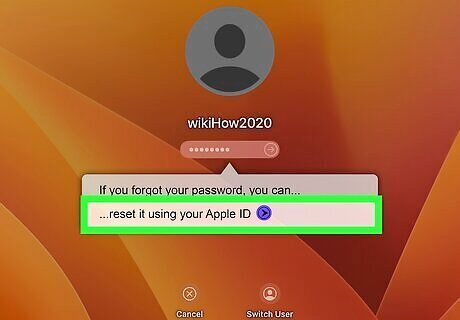
Reset with your Apple ID (option 2). Sometimes you’ll see an option that says Reset it using your Apple ID. If so, click this option and follow the onscreen instructions. Again, what happens next may vary depending on your MacBook’s settings. You may be prompted to restart your Mac, in which case follow the instructions in the previous step. You might also be prompted to enter your Apple ID and password without restarting. Do one of the following once you’ve entered your Apple ID and password: Click OK to restart if prompted to create a new keychain to store your passwords. If you’re given the option to select another admin user whose password you know, select them and then click Forgot all passwords? If a window comes up with a Deactivate Mac option, click Deactivate Mac and then click Deactivate to confirm the action. Don’t worry, this won’t harm your computer or data! Enter your new password and click Next. You may need to do this for all the users associated with your computer if you selected the Forgot all passwords option. Click Restart to reboot your computer, then log in with your new password to unlock it.
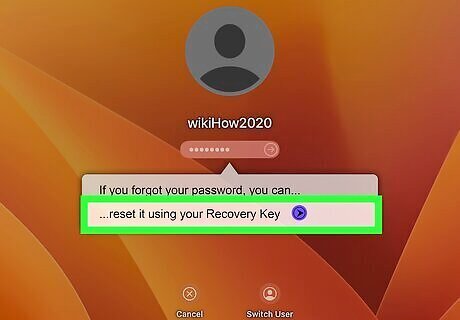
Reset with your recovery key (option 3). If you set up FileVault on your MacBook, you might see an option that says Reset using your recovery key. If this happens: Click the message and enter the recovery key you received when you first activated FileVault. This is a long string of letters and numbers. Enter your new password and click Reset Password. If you’ve misplaced your FileVault recovery key, you will unfortunately have to reset your Mac. You won’t be able to recover your settings or any files that aren’t backed up elsewhere.
Logging in with an Admin Account

Log in with a different admin account if you know the password. If there’s more than one admin account on your MacBook, you can use it to reset the passwords on your other user accounts. To get started, log in with the user ID and password of the other admin account.
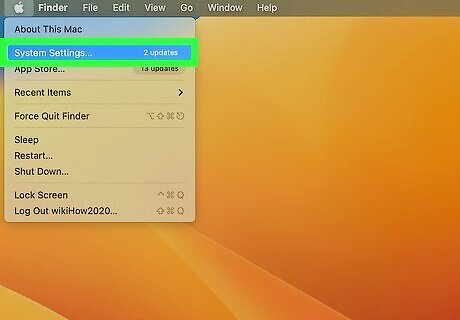
Open the System Settings menu. Click Mac Apple Apple menu > System Settings at the top of your screen. On older versions of macOS, you’ll see System Preferences instead.

Select Users & Groups. You’ll see this option in the left sidebar.
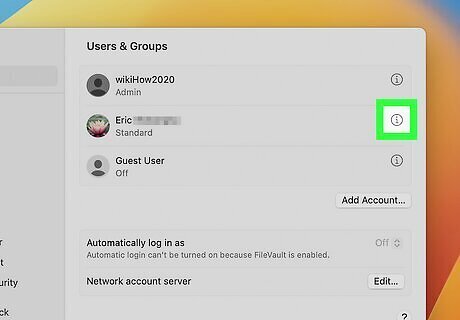
Click the i by the name of the user you want to reset. Locate the user whose password you need to reset, then click the button that looks like an i in a circle. If you’re using an older version of macOS, you may need to click the user’s name in a list on the left side of the Users & Groups window instead. For some macOS versions, you’ll need to click the padlock button and enter the username and password of the admin account you’re currently using.
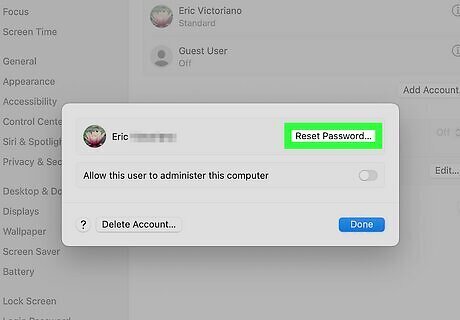
Select Change… next to the Password header. Or, if you’re using an older version of macOS, click Reset Password.

Enter your new password. You’ll be prompted to verify the password by typing it again. You can also enter a password hint if you like. When you’re done, click Change Password.

Restart and enter your new password. Once you’re at the login screen, enter the user ID and new password for the account you’ve been trying to unlock. You might be prompted to update your login keychain with the new login information. If not, you can do it manually.
Using Recovery Mode
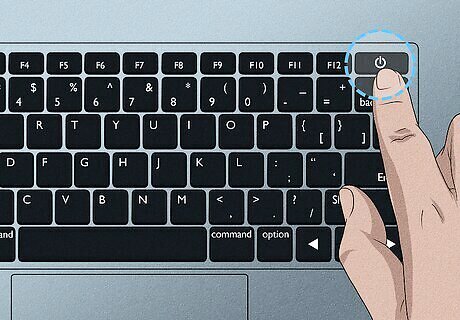
Press and hold the power button if you have a silicon chip. If you have a newer MacBook Pro with a silicon chip (Apple M1, M2, or M3), press and hold the power button to restart your computer. Keep holding the button down until you see a screen with startup options. Click Options > Continue on the startup screen.

Start up with ⌘ Command+R if you have an Intel processor. If your MacBook Pro has an Intel processor, press and release the power button to boot up, then immediately press and hold Command + R. Hold the keys until you see either the Mac Apple Apple logo or a spinning globe. You may be asked to connect to a Wi-Fi network.
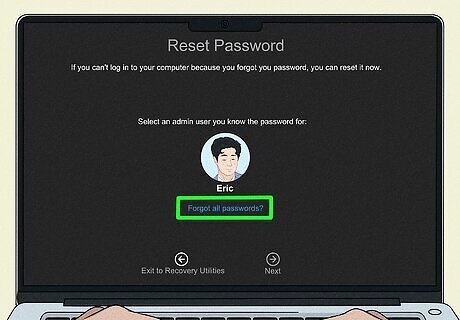
Choose Forgot all passwords? if you’re prompted to select an admin user. As you start up in Recovery Mode, you may be asked to select an admin user whose password you know. If this happens, click Forgot all passwords? What happens next depends on your settings: If you’re prompted to reset with your Apple ID: Enter your Apple ID and password, then enter the verification code sent to your trusted device if prompted to do so. Select the user whose password you want to reset. Enter the new password and click Next. Click Exit once the verification process is complete. Select Mac Apple Apple menu > Restart. Log in with your new password. If you see an Activation Lock window at any point during this process, click Exit to Recovery Utilities and skip ahead to the instructions on using the Reset Password Assistant. If you’re prompted to enter a FileVault recovery key: Type in your recovery key. It’s the long string of numbers and letters you received when you first set up FileVault. Click Reset Password. Select the user whose password you want to reset. Follow the instructions to change the password, then click Exit. Go to Mac Apple Apple menu > Restart and log in with your new password.
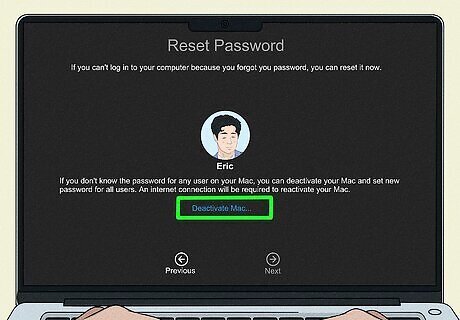
Use the Reset Password Assistant if you don’t see other options. If you start up in Recovery Mode and aren’t offered the option to reset with your Apple ID or a recovery key, you can try the Reset Password Assistant. In this situation, you’ll see a utilities window listing several options. To reset your password from here: Click the Utilities menu in the menu bar and select Terminal. Type resetpassword into the Terminal window and press Return. Select an admin user whose password you know if prompted, then select Forgot all passwords? In the Reset Password menu, select Deactivate Mac, then click Deactivate. If an Activation Lock window comes up, enter your Apple ID and password and click Next. In the Reset Password screen, enter your new password, then click Next. You may be prompted to do this for multiple accounts. Click Exit when you’re done. Go to Mac Apple Apple menu > Restart and log in with your new password once your computer restarts.
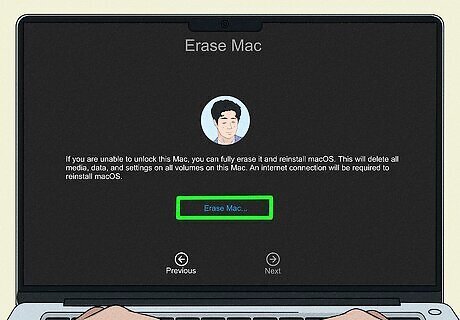
Erase your Mac if all else fails. If you still can’t reset your password, you can erase your Mac from Recovery Mode and set it up again with a new password. If you’ve been keeping backups in iCloud or on an external device, you’ll be able to use your most recent backup to restore your files and settings after you’re done. To erase your Mac: Shut down your MacBook, then start up in Recovery Mode using the instructions above. When you’re prompted to log in with an admin account, select Recovery Assistant > Erase Mac from the menu bar. A new window will open. Click Erase Mac, then click Erase Mac again to confirm. You may see a flashing question mark on the screen after your Mac restarts. If this happens, hold down the power button until your computer shuts down. Reboot your MacBook in Recovery Mode and reinstall macOS.




















Comments
0 comment